A naturalist's letter to Dhaka parents
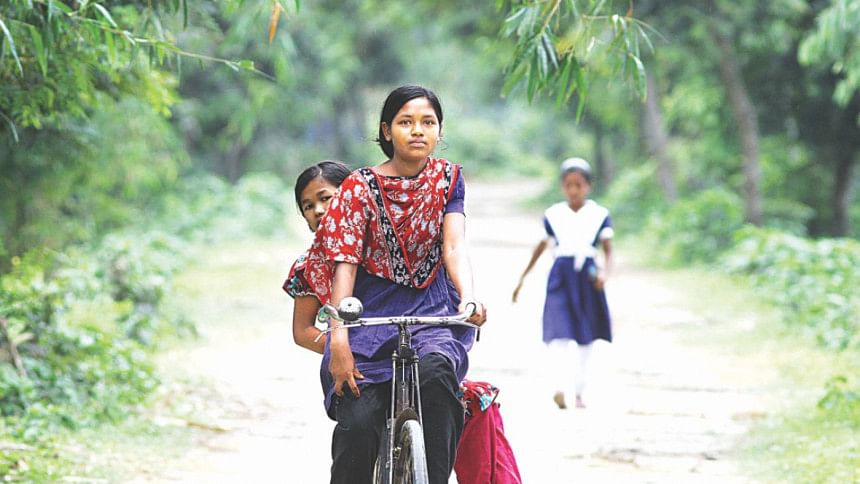
A narrow 50-meter creek running along a muddy road next to our house was a passage for fish and other aquatic animals. It ran between a lake and a long canal. The canal once crisscrossed the entire city and its outskirts. The creek held water throughout the year, and though shallow during the dry season, when it rained, the water fed the creek and it swelled on the abundant nutrients of the land. When the clouds cried, Climbing Perch (koi mach) swam there in great numbers.
As a child I used to wait the entire year for summer vacations, eager for this period of rain, rainbows and races with fish. I would build small dams to trap fish and use plastic nets to catch them. I would take the fish home to put in my aquarium, only to release them the following day. Activities back in those flamboyant days were purely for fun. But as I grew up, I started to realise how much those moments have shaped me. There is no way to measure the outcomes of my childhood adventures but I had learnt to focus on things I liked when I was a child and continue to do so.
The lake has since been filled in and houses built on it. The creek is still there, entrapped by roads and garbage packed slopes and having lost the way to the lake where it used to travel. God knows what lives in its waters now, perhaps only the memories of my childhood and those of my friends and our fathers.
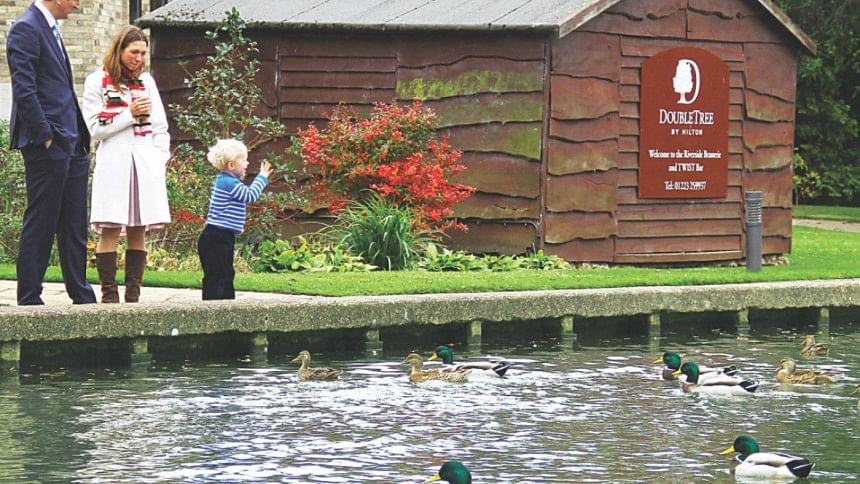
As a child I found freedom in the vast untamed fields, fantasy in homestead forests and privacy by the peaceful ponds. To me those elements of nature were so enticing that I preferred them to watching television or playing video games. I created my own entertainment that involved physical activities and focus. Today however, it seems to me that kids are more dependent on tablets, YouTube and video games, and often oblivious to their surroundings.
Kids today know about climate change, galaxies and South American rainforests but know little about the joy of growing a roof top garden or an afternoon stroll in nearby parks in solitude or with friends, running full-spirited in the rain and watching Black Kites chase the monsoon clouds.

We look for natural products in super shops but often ignore nature all around us. Even we biologists often think about research, study design and statistics before we know our animals. In a similar vein, people seem to embrace yoga as a way of healthy living, and experts say it is more effective outdoors since breeze helps to deepen breathing, the sight of a dragonfly enhances the ability to focus and sunlight makes muscles more pliable. While modern parents seem to understand these facts and enjoy yoga outdoors, they may also adopt similar approaches for their kids' health. Parents may pay more attention to their kids, so that they don't end up playing indoor games all day and in the process remain largely disconnected from nature and each other.
I write this piece as an attempt to illustrate the divergence between urban kids, especially those who are based in Dhaka, and the natural world -- and how this invisible separation can have negative consequences for the mental and physical growth of a child. Also to explore ideas for a positive change that will bring nature and children closer. I was inspired in the attempt by Richard Louv, author of “Last Child in the Woods”, published in 2008.
Poets and philosophers have long recognised the value for human health in spending unstructured time in nature, but science began to explore this only recently. A growing body of evidence suggests that long-term human health and child development disorders are due at least in part to the modern lifestyle, which has very little material and mental connection with nature.
Richard Louv mentioned in his book that The World Health Organisation cited inactivity as a major risk factor in non-communicable disease, and indicated a sedentary lifestyle as a global public health issue. In Denmark, researchers compared two groups of children, one in a traditional kindergarten and the other from a “nature kindergarten,” where children remained outside all day long, throughout the school year. Children in the nature kindergarten were found to be more alert, better at using their bodies, and significantly more likely to create their own games.
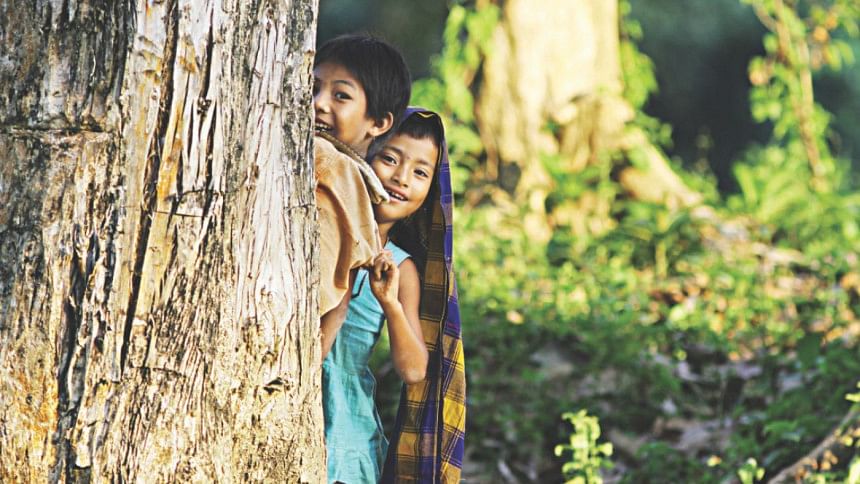
Another study by Kuo and Faber Tailor comprising 450 children with attention-deficit/hyperactivity disorder indicated a reduction in symptoms after the children engaged in activities in green outdoor spaces. Specific benefits of time spent outdoors included increased self-confidence, self-concept, self-esteem, autonomy, and capacity to cope with unexpected events. A Google Scholar search on nature and child development yields plenty of studies, many of which conclude that cognitive, affective, and moral developments are enhanced significantly and positively by direct contact with nature.
I understand that parents nowadays are extremely concerned, with reason, about the safety of their children. But “over protectiveness” can be a barrier to a child's development. Children need to explore their surroundings on their own, play in dirt, fall and get up on their own. These experiences also promote self-confidence, perseverance and problem-solving skills.
We can't just blame kids for their dependence on gadgets, simply because we as citizens of Dhaka city are unable to provide them with green and safe spaces where they could play, discover and connect in our neighbourhoods. We still have some options to find nature around us, albeit diminished in scope. In the Dhaka North City Corporation area the Botanical Garden in Mirpur alone offers more than a hundred species of birds and butterflies amidst thousands of tree and plant species. Even our Dhaka Zoo in Mirpur has a sizeable green space. There are several other open areas such as Chandrima Udyan, Diabari and Baunia of Uttara. Ramna Park in Dhaka South North City Corporation is home to some 100 species of birds and 50 species of butterflies. The Dhanmondi Lake and Dhaka University areas are also attractive for kids. A weekly stroll in these places can help your child in ways that you may not even anticipate. Plenty of farmhouses and weekend retreats are found around Dhaka city where your children may find spaces to develop their connectivity, interests and skills in natural settings.
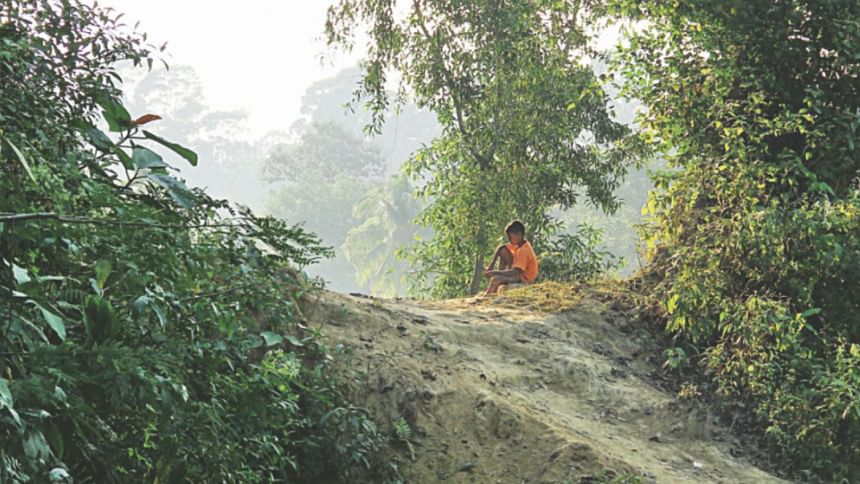
If you really want your child to experience wilderness, you could take them to one of our 17 national parks such as Lawachara National Park in Srimangal, Satchari National Park in Habiganj in the north-east or even to the Sundarbans mangrove forest in the south-west of Bangladesh.
Similar to taking your children to school every day, it is possible even for working parents to take their children outside to a natural setting regularly. Spending a couple of hours on the weekend in a nearby park, climbing trees or practicing cricket is time well spent for the entire family. Tending pets, plants and cooking together further strengthens the child's understanding of our connectivity with the natural environment. I know a Dhaka-based working couple who tends a roof garden with their kids, bikes through the city and opportunistically explores national parks in Bangladesh.
Two years ago they travelled to four countries in South America for five months with their two young children. I happened to meet them in Peru and noticed how happy these kids were. Together with their parents they were hiking, bird-watching, fishing, seeing landscapes they had never seen before. Basically, they explored and learnt new things every day during their travel.
Back in Bangladesh a few months later, I met Elisabeth again, the mother of Dylan and Amaya, and she talked about how important traveling is for the children's development. She said “four-year-old Amaya now asks me how long we will stay out so that she can prepare her daypack based on the amount of time they will spend outside”.
If our children do not see sailboats cruising through our restive rivers, do not hear the sound of leaf fretting on leaf, do not know the smell of grass and do not discover unnamed life hidden in nature, if they do not see the beautiful Bengal that our poets praised and our freedom fighters fought to defend, how will they learn to love our country, our people and find reason and ways to take our country forward?
(The writer is a Conservation Biologist and Ornithologist, currently working on threatened species conservation and research in Bangladesh and abroad. He can be reached at [email protected])
PHOTOS: SAYAM U CHOWDHURY
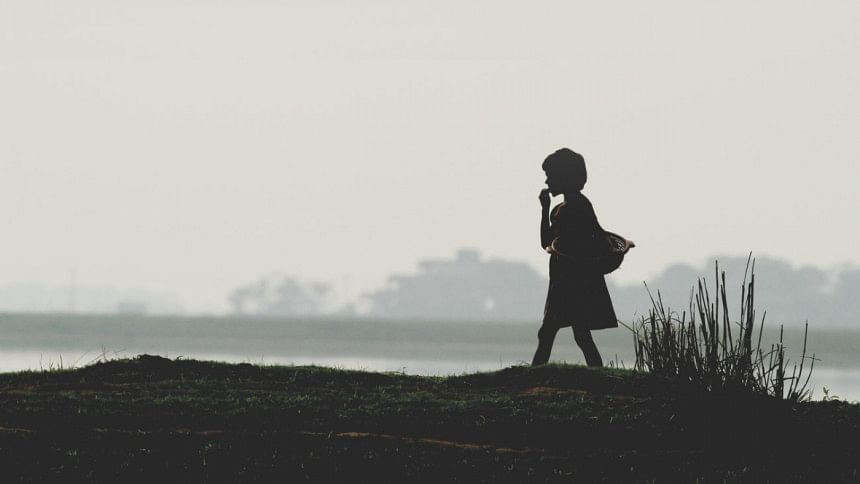

 For all latest news, follow The Daily Star's Google News channel.
For all latest news, follow The Daily Star's Google News channel. 



Comments